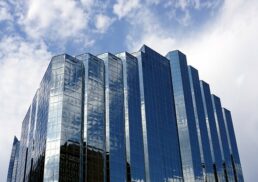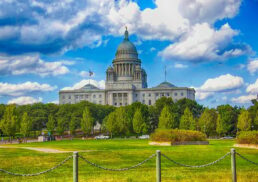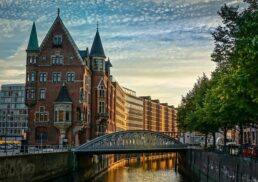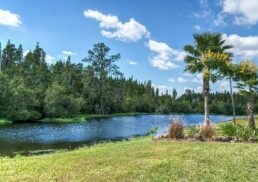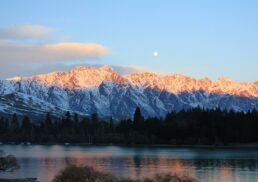Looking to explore Japan Yamaguchi Prefecture? This guide covers top attractions like Hagi City’s historical sites, the scenic Kintaikyo Bridge, and the natural wonder of Akiyoshidai Plateau. Discover the rich history, culture, and landscapes that make Japan Yamaguchi a must-visit destination.
Table of Contents
Key Takeaways
Yamaguchi City, known for its scenic beauty and historical sites like the Rurikoji Temple, offers a blend of urban charm and natural attractions.
Hagi City, a UNESCO World Heritage Site, is steeped in history, featuring preserved samurai residences and significant landmarks such as Hagi Castle and the Shoin Shrine.
Yamaguchi Prefecture is rich in culinary experiences, showcasing local specialties like fugu, Kawara Soba, and Uirou, alongside vibrant cultural events such as cherry blossom celebrations and seasonal festivals.
Explore Yamaguchi City
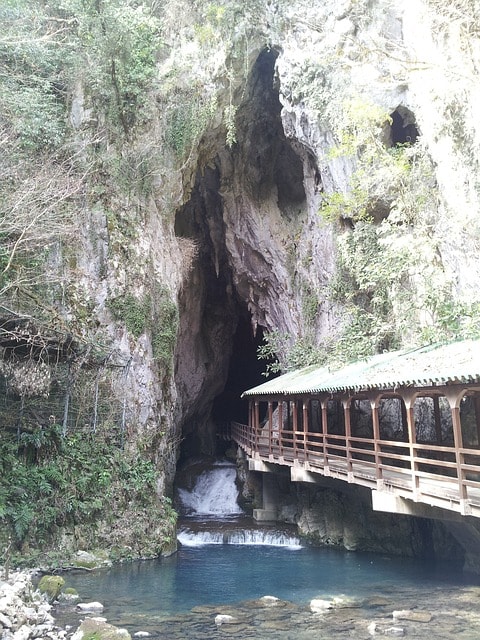
Start your adventure in Yamaguchi City, the prefectural capital with a population of about 200,000. Nestled in a narrow valley between the Inland and Japan seas, the city offers scenic geography and is renowned for being eminently walkable, making it easy for visitors to explore. The blend of natural beauty and urban charm makes Yamaguchi Ken a perfect starting point for your journey.
A visit to Yamaguchi City would be incomplete without marveling at the rurikoji temple, home to a stunning five-storied pagoda designated as a National Treasure of Japan. Located in Kozan Park, this temple is especially beautiful during the cherry blossom season, offering a tranquil escape amidst the city’s hustle and bustle.
Another must-visit spot is Yuda Onsen, a popular hot spring area known for its relaxing foot baths and therapeutic waters.
For a unique culinary experience, try Kawara Soba, a dish served on a hot roof tile, uniquely blending flavors and textures. This local specialty not only satisfies your taste buds but also offers a glimpse into the innovative spirit of Yamaguchi’s cuisine. As you explore the city, you’ll find it easy to fall in love with its blend of historical charm and modern amenities.
Historical Significance of Hagi City
Hagi City, an ancient jewel, holds a significant place in Japanese history. Once the capital of the powerful Mori clan during the feudal period, Hagi’s political importance spanned over 250 years. The construction of Hagi Castle in 1604 marked the shift of the Mori clan’s capital from Hiroshima to Hagi, embedding the city deeply in the annals of Japanese history.
Walking through the preserved castle town area of Hagi feels like stepping back in time. Narrow streets lined with historical samurai residences give a glimpse into the past. One of the most significant landmarks here is the Shoin Shrine, dedicated to Yoshida Shoin, a pivotal figure in the Meiji Restoration. His contributions to modern Japan make this shrine a place of great reverence and historical interest.
In recognition of its historical and cultural significance, Hagi was designated a UNESCO World Heritage Site in 2015. This prestigious status highlights the city’s rich heritage and its importance in the broader context of Japanese history. For history enthusiasts, Hagi City is an unmissable destination.
Visit Kintaikyo Bridge and Iwakuni Castle
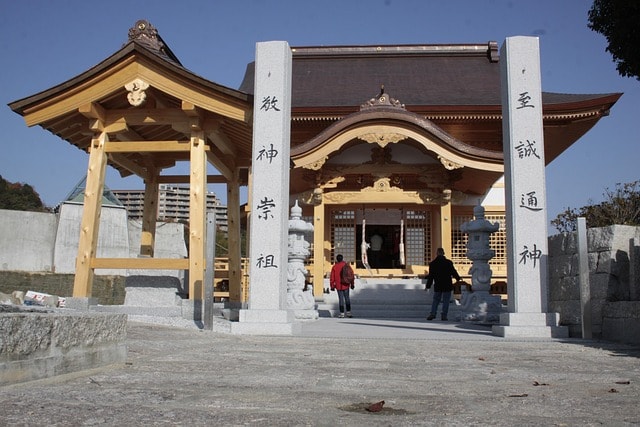
The Kintaikyo Bridge, celebrated for its scenic beauty throughout different seasons, is recognized as one of Japan’s three great bridges. Originally built in 1673 and reconstructed in 1953 using traditional nail techniques after being destroyed by a typhoon, this bridge offers a picturesque view that changes with the seasons, making it a photographer’s paradise. Spring, in particular, is a magical time to visit as the cherry blossoms around the bridge are in full bloom.
Nearby, Iwakuni Castle stands majestically on top of a mountain, accessible via a three-minute ropeway ride from Kikko Park. The journey to the castle is an adventure in itself, offering stunning views of the surrounding landscape. Once at the top, the castle provides a glimpse into the region’s feudal past and houses a collection of historical artifacts.
The Kintaikyo Festival, featuring an Edo-era costume parade, celebrates the historical return of a local lord and adds a vibrant cultural touch to the visit. This festival, coupled with the beauty of Kintaikyo Bridge and the grandeur of Iwakuni Castle, makes this area a must-visit for anyone traveling through Yamaguchi Prefecture.
Natural Wonders of Akiyoshidai Plateau and Akiyoshido Cave
Akiyoshidai Plateau, one of Japan’s largest karst plateaus, offers a unique landscape formed from a coral reef around 350 million years ago. This geological marvel features numerous limestone formations that often contain fossils from the Paleozoic era, making it a fascinating destination for both nature lovers and geology enthusiasts. The plateau is recognized as a Quasi-National Park and designated as a Special Natural Monument in Japan, underscoring its environmental importance.
Beneath the Akiyoshidai Plateau lies Akiyoshido, the largest limestone cave in Japan. This subterranean wonder is known for its impressive stalactites and stalagmites, creating a mystical atmosphere that leaves visitors in awe. The cave’s vast chambers and unique formations make it a highlight of any trip to Yamaguchi Prefecture.
Exploring Akiyoshidai and Akiyoshido can be an adventure in itself. Visitors can traverse the plateau using all-terrain Segways or electric crossbikes, allowing for an immersive experience in this natural wonderland. The combination of above-ground and underground exploration offers a comprehensive understanding of the area’s natural beauty and geological significance.
A visit to Akiyoshidai and Akiyoshido provides a perfect blend of outdoor adventure and scientific curiosity, making it a must-see destination for anyone passionate about nature and history.
St. Francis Xavier Memorial Church
The history of Christianity in Japan has a significant chapter in Yamaguchi City, thanks to the mission established by St. Francis Xavier in 1551. The St. Francis Xavier Memorial Church commemorates the early Christian community in Yamaguchi and stands as a testament to the missionary’s influence and dedication. This church is a place of reflection and historical importance, marking the introduction of Christian teachings to Japan.
One of the most notable events in the church’s history is the first Christmas mass in Japan, held in 1552 and introduced by St. Francis Xavier himself. This mass symbolizes the beginning of a new religious era in Japan and adds a layer of depth to Yamaguchi’s rich cultural tapestry.
Learn more, visit A View of a Christian Church and Japanese Temples.
Delight in Local Cuisine
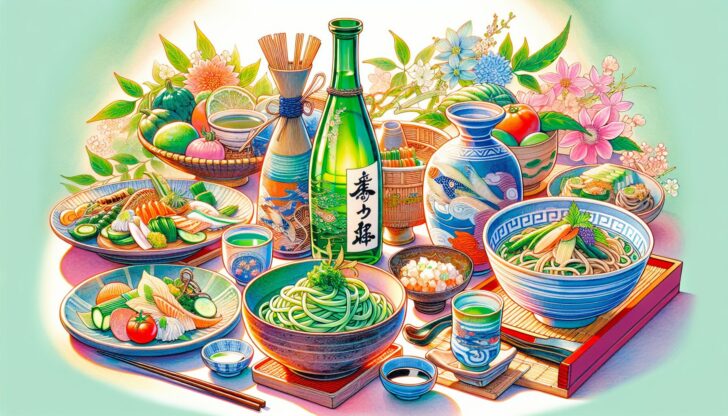
Yamaguchi Prefecture’s culinary delights are as diverse as its landscapes. Surrounded by the sea, Yamaguchi is renowned for its fresh seafood, particularly the famous fugu, or blowfish. This gourmet delicacy is especially popular in Shimonoseki and is known for its potential toxicity if not prepared correctly, making it a dish that combines culinary skill with adventure.
Another local favorite is Ayu sweetfish, known for its sweet fragrance and typically grilled to perfection. This fish is often caught using traditional cormorant fishing techniques, adding a cultural touch to its culinary appeal. Kawara Soba, featuring noodles cooked with powdered green tea and served with beef on a heated roof tile, offers a unique dining experience that is both visually appealing and delicious.
For those seeking hearty meals, Bari Soba, with its crunchy fried noodles heaped with seasonal ingredients, is a must-try. Iwakuni Sushi is another local specialty, originating from samurai culture and prepared with multiple toppings in a compressed style, offering a taste of history along with its flavors. Kasado Hirame, a local flatfish known for its firm and fatty texture, is often enjoyed as sashimi, showcasing the region’s love for fresh seafood.
No culinary journey in Yamaguchi would be complete without tasting Uirou, a regional sweet made from warabi starch, famous for its chewy and smooth texture, often presented during tea ceremonies. Additionally, Yamaguchi’s sake, produced using locally grown rice, is highly regarded, with brands like Asahi Shuzō being particularly notable for their quality.
Festivals and Events
Yamaguchi’s vibrant cultural life is best experienced through its numerous festivals and events. Each year in April, Kikko Park becomes a sea of pink as thousands of cherry trees bloom, attracting visitors for hanami, or cherry blossom viewing. The sight of cherry blossoms framing the scenic backdrop of the park is truly mesmerizing.
In early October, the Toyoura Cosmos Festival showcases about one million cosmos flowers in bloom, creating a colorful spectacle that delights visitors. The Hagi Summer Citrus Festival, held in mid-May, celebrates the region’s abundant citrus fruits, offering a refreshing taste of local produce amidst festive activities.
From mid-February to early March, the Hagi Okan Plum Garden Festival features around 300 plum trees, their blossoms heralding the arrival of spring. Concurrently, Hagi’s Camellia Festival runs from mid-February to mid-March, highlighting around 25,000 camellia trees across 60 species, making it a floral extravaganza.
The Tokuyama Railway Festival in mid-October commemorates Railway Day in Japan with a variety of activities, celebrating the role of railways in connecting people and places. These festivals and events not only highlight local traditions but also foster a sense of community and cultural pride.
Getting to Yamaguchi
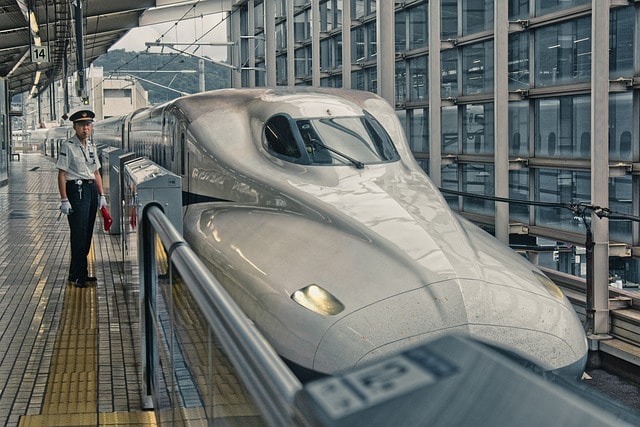
Reaching Yamaguchi is convenient thanks to its well-connected transport links. The Sanyo Shinkansen provides a swift and scenic route, connecting Yamaguchi City to major cities like Tokyo, Osaka, and Kyoto. For those preferring air travel, flights from Tokyo Haneda Airport and Kansai International Airport land directly at Yamaguchi Ube Airport.
Once at Ube Airport, a bus or train ride to Shin-Yamaguchi Station takes approximately 40 minutes, making the transition from air to ground travel seamless. The efficient transport network ensures that visitors can easily explore the various attractions across Yamaguchi Prefecture.
Whether you’re arriving by bullet train or flight, getting to Yamaguchi is straightforward, allowing you to focus on the exciting adventures that await.
Summary
From the historical streets of Hagi City to the natural wonders of Akiyoshidai Plateau and the culinary delights of Yamaguchi City, Yamaguchi Prefecture offers a rich tapestry of experiences. Its vibrant festivals, historical landmarks, and unique local cuisine provide a comprehensive glimpse into the heart of Japan. As you plan your next trip, let Yamaguchi be your gateway to discovering the beauty and heritage of Japan’s westernmost tip.
Frequently Asked Questions
What is the best way to get to Yamaguchi City?
The most efficient way to reach Yamaguchi City is via the Sanyo Shinkansen, which connects it to major cities such as Tokyo, Osaka, and Kyoto. Alternatively, you may consider flying into Yamaguchi Ube Airport from Tokyo Haneda or Kansai International Airports.
What are the must-visit historical sites in Hagi City?
Hagi Castle, Shoin Shrine, and the preserved castle town with its historical samurai residences are essential sites to explore in Hagi City. These locations offer profound insights into Japan’s rich history and cultural heritage.
What makes Kintaikyo Bridge special?
Kintaikyo Bridge is special for its scenic beauty and is recognized as one of Japan’s three great bridges, offering picturesque views, particularly during cherry blossom season.
What unique local dishes should I try in Yamaguchi?
When in Yamaguchi, you should try Kawara Soba, Ayu sweetfish, Bari Soba, Iwakuni Sushi, Kasado Hirame, and the regional sweet Uirou, along with the renowned fugu (blowfish). These dishes exemplify the region’s rich culinary heritage.
When is the best time to visit Yamaguchi for festivals?
The best time to visit Yamaguchi for festivals is in April for cherry blossom viewing, May for the Hagi Summer Citrus Festival, and October for the Toyoura Cosmos Festival. These events showcase the region’s cultural vibrancy and seasonal beauty.

